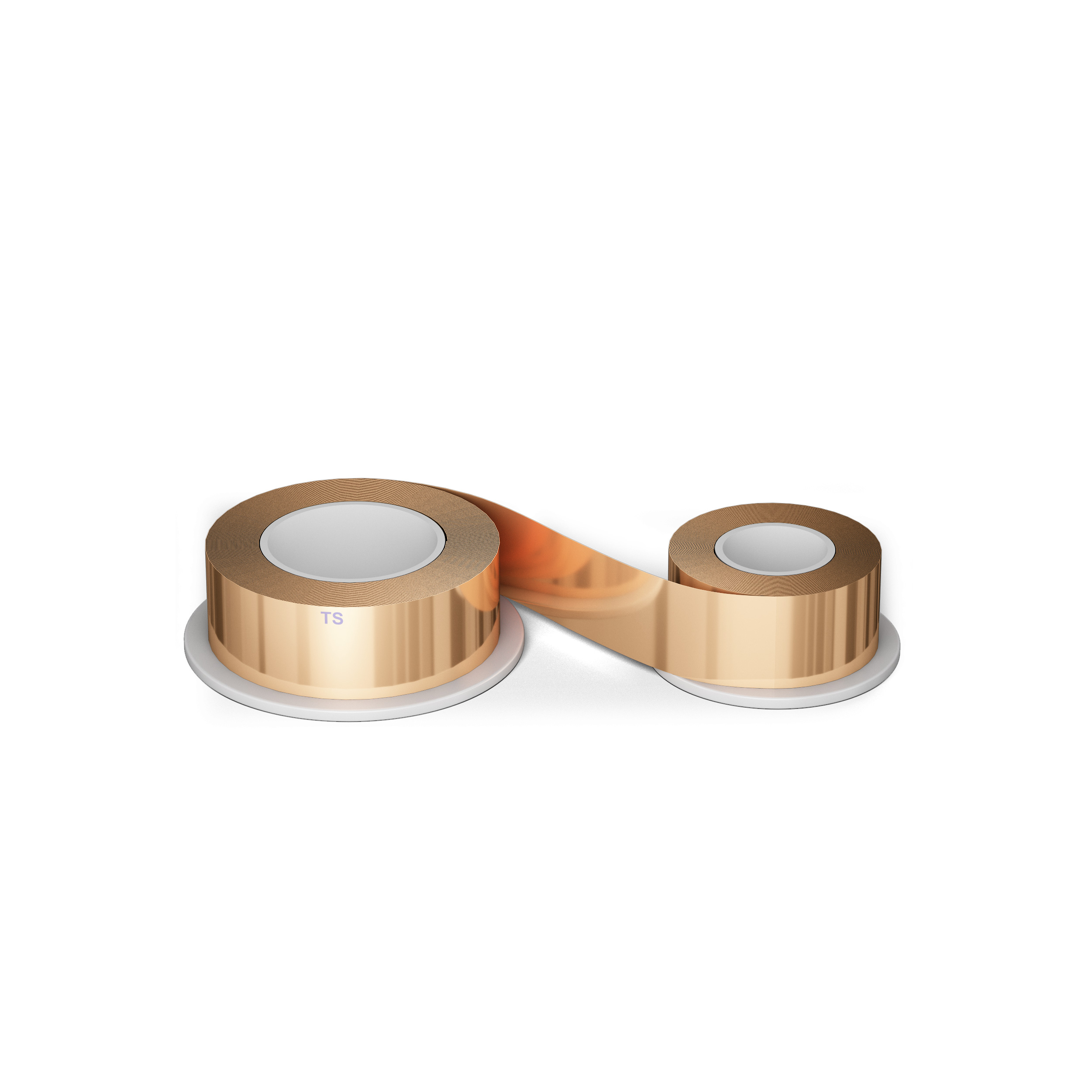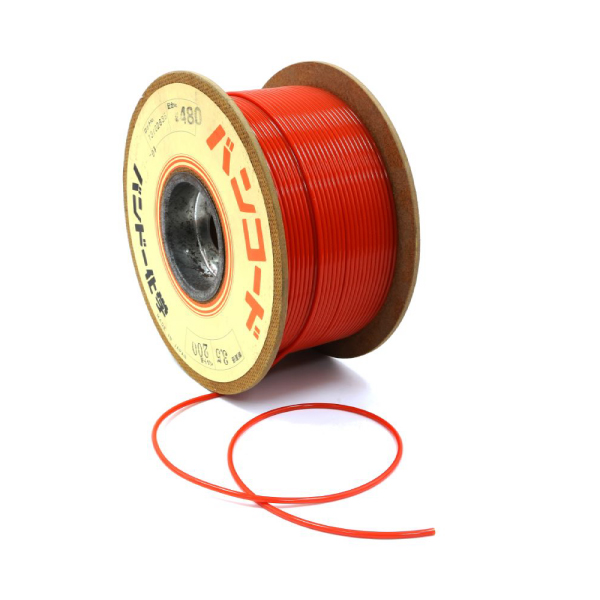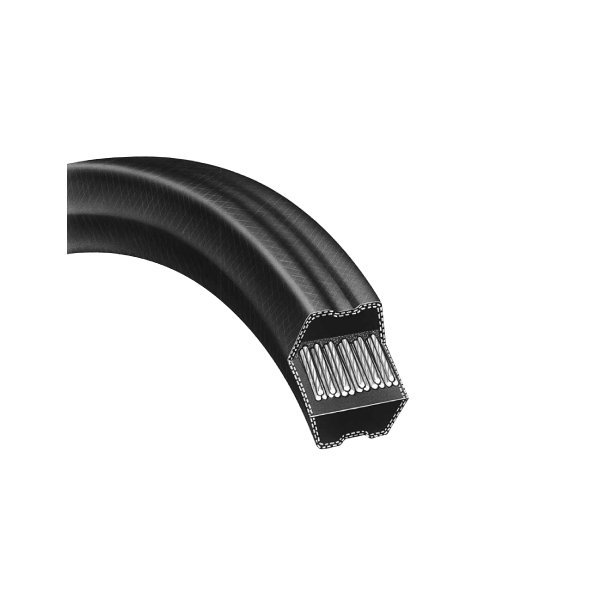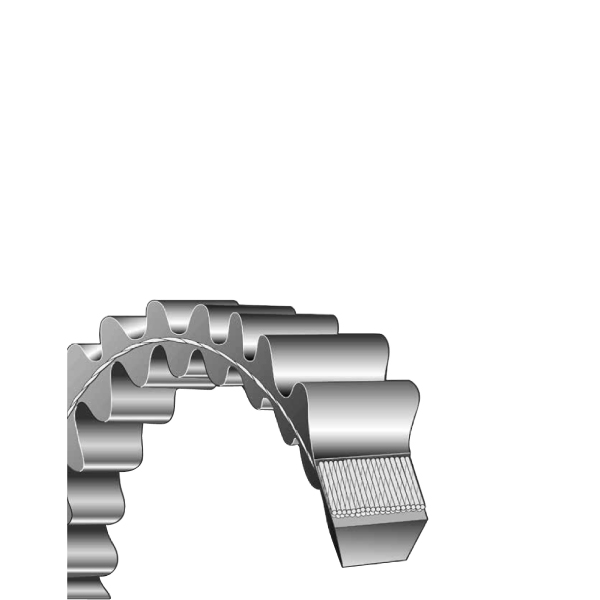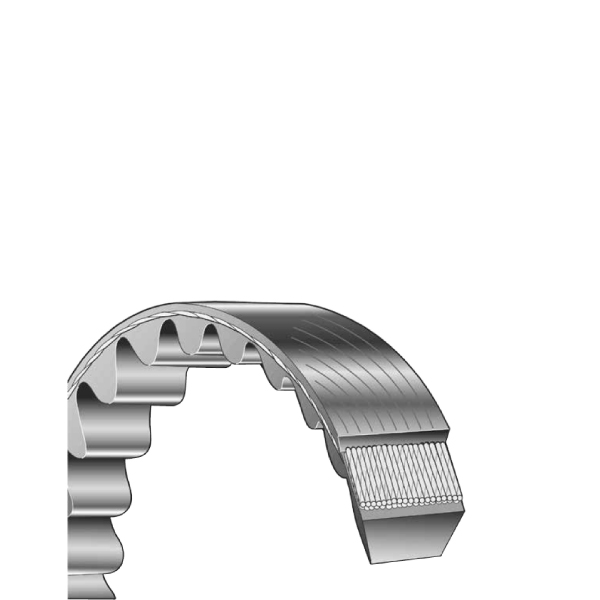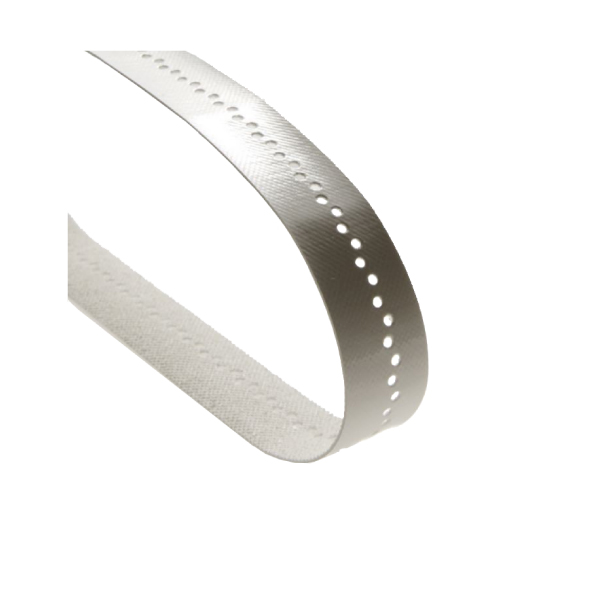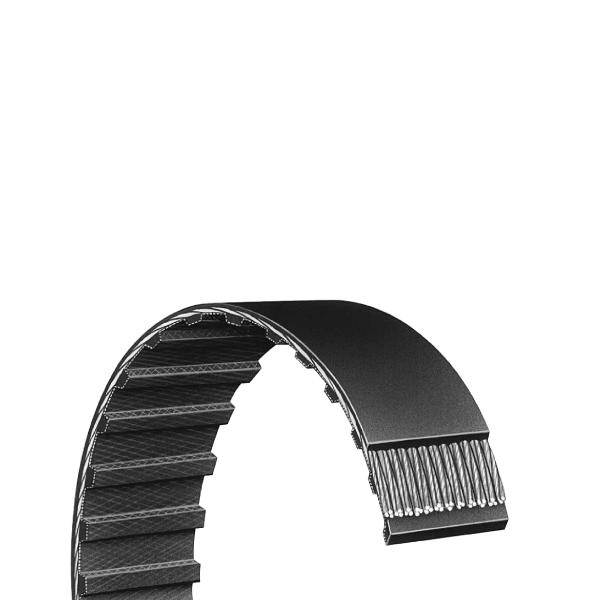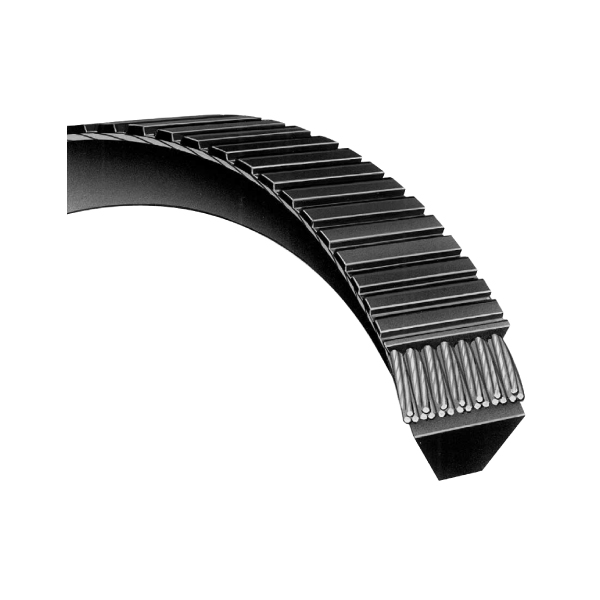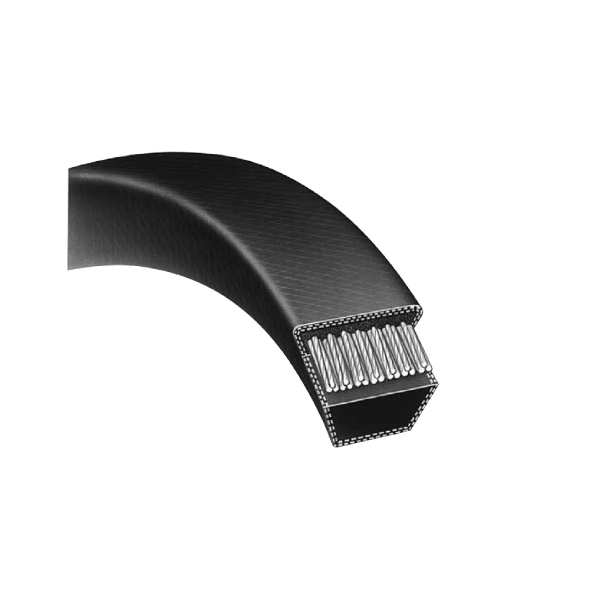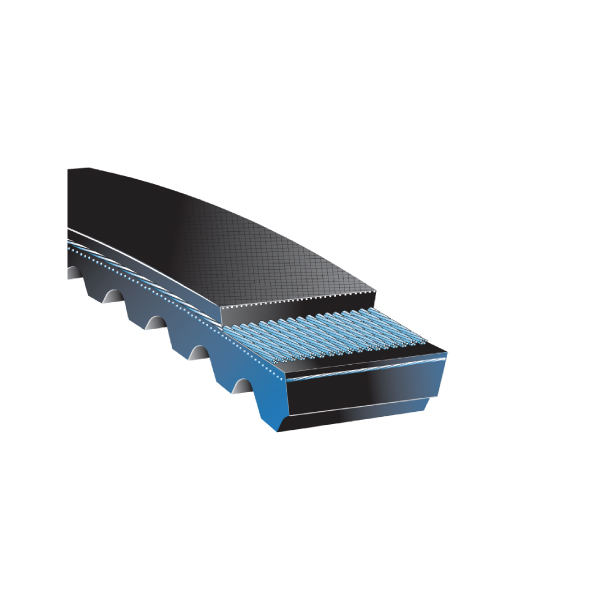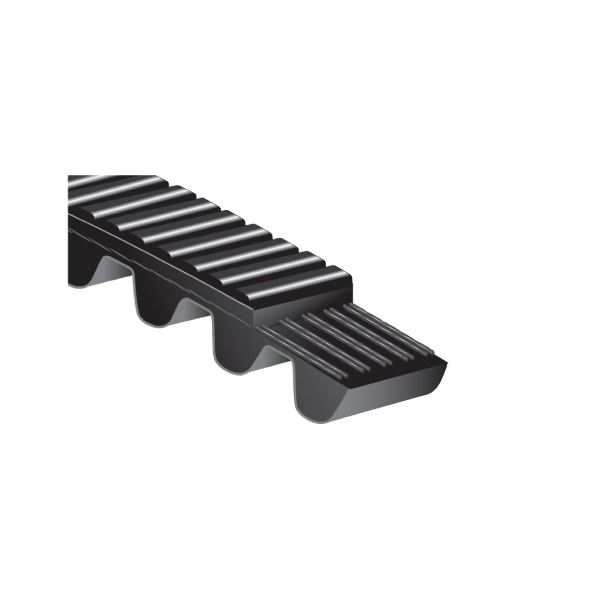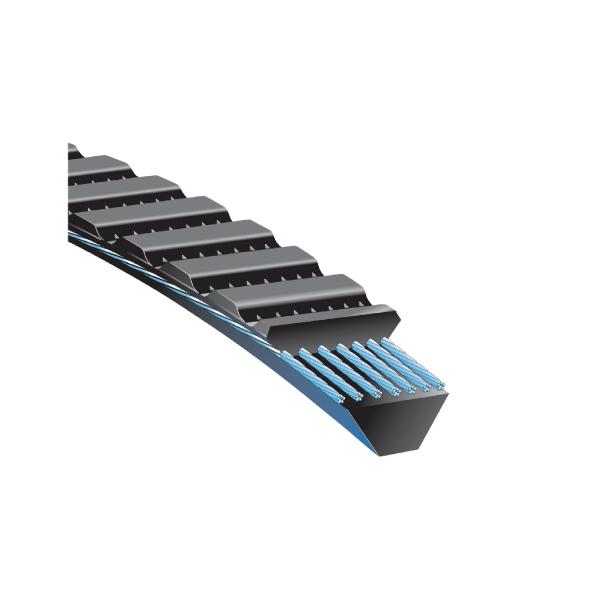CONSTANT FORCE SPRINGS/Constant Torque Springs-B type
Product SKU: CF SPRINGS/Constant Torque-B
Availability: In StockTSMC 'S Constant Torque Springs are constructed from a pre-stressed flat strip material in a tightly wound spiral and placed on two drums. A constant torque load is developed when the spring's outer end is attached to another drum as the spring is reverse flexed from the output drum and will returns to its natural curvature on the storage drum.
As its name implies, these Constant torque spring exerts a nearly constant restraining force to resist uncoiling, while offering a large torque in relatively small space requirements. With these characteristics, the constant torque is ideal for a particular area of application with the use of cable, pulley requiring smooth returning, retrieving and counterbalancing, most commonly used for wind-up motors, feeders and conveyors, counterbalance which are utilized in the Aerospace, Medical Devices, Window, Automotive industries etc.
FEATURES
Type B Characteristics:
Constant output torque (zero gradients).
High output torque (efficient use of the material).
No inter coil friction (smooth operation, low hysteresis losses).
Low life.
(a) Maximum torque obtained at a life of 2,500 cycles.
(b) Maximum practical life = 35,000 cycles.
(a) Sf = 0.025 produces 5,000 cycles life
(b) Sf = 0.010 produces 50,000 cycles life
a High number of output turns (over 50 turns possible).
When considering a Constant Force Spring design, four critical factors, such as Bore/ shaft (ID/OD), Load, Working height at which the load is applied. Material desired and the other input parameters containing the wire thickness, wire radial wall, active number of turns, work height, and load at work height. The input data, as shown on the left table. And calculation results with spring rate (stiffness), working load (±10%), outer diameter at solid height, Working curve and Life cycles prediction where found in the down table.

